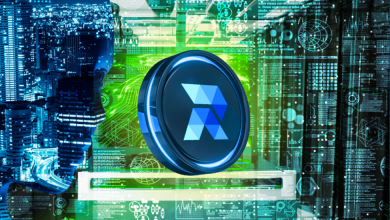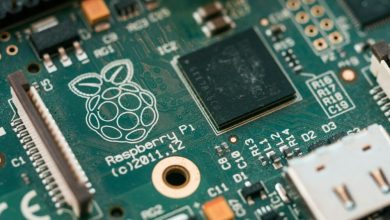The Impacts of Virtual Reality (VR) on 3D Animations Services

Virtual Reality (VR) is a technology that uses computer-generated environments to simulate a realistic experience for the user. It aims to create a sensory experience replicating or improving the real world, allowing users to feel physically present in a different environment or scenario.
There are currently 171 million people who are using VR technology worldwide. Virtual reality is important because it has the potential to transform how we experience and interact with the world, offering new possibilities for entertainment, education, healthcare, business, and more.
Virtual Reality (VR) has brought about a revolution in various industries. One area that has particularly benefited from this technology is 3D animation. Combining virtual reality (VR) and 3D animation services has opened new and exciting possibilities for the entertainment and media industry. This combination is transforming the way we experience and interact with these animations.
This article explores the profound impact of virtual reality on 3D animation, highlighting its benefits to animation service providers.
1. Immersive Production Process
Virtual Reality (VR) allows 3D animators to step into their virtual worlds and interact with their creations in a more immersive manner. This enticing production process enables artists to understand better the scale, depth, and movement of their animated characters and environments.
2. Unique Character Animation
VR provides a unique opportunity for animators to manipulate characters directly in a virtual environment. Through motion capture technology and VR controllers, animators can physically act out the movements and gestures of characters. This approach, known as performance capture, enables more natural and expressive character animation. It allows 3D animators to observe and replicate human movements more accurately, resulting in more lifelike and believable animations.
3. Real-Time Feedback
VR allows animators to receive real-time feedback on their work. They can view their animations from different angles and perspectives, which helps them identify any flaws or areas that need improvement. This immediate feedback loop empowers animators to iterate and refine their work more efficiently, saving time in the production pipeline.
4. Storyboarding and Previsualization
VR provides a powerful tool for storyboarding and previsualization in 3D animation. Animators can create virtual sets and environments and explore them in real time. They can also position virtual cameras within the virtual space and preview shots, helping them plan camera movements and compositions effectively. This ability to visualise scenes in VR enhances the storytelling process and allows for more precise pre-production planning.
5. Virtual Cinematography
VR enables animators to take on the role of a virtual cinematographer. They can compose shots, experiment with camera movements, and simulate different lighting conditions within the virtual environment. With this level of control and flexibility, animators can create visually stunning and dynamic scenes, adding depth and richness to their animations.
6. Audience Engagement
According to the research, 53% of consumers say they are likelier to purchase from a brand that sponsors a VR experience. VR has the potential to revolutionise the way audiences experience 3D animations. Viewers can immerse themselves in the animated worlds and feel a sense of presence within the story.
7. Spatial Understanding
VR allows animators to understand spatial relationships within their animated environments better. By experiencing the virtual world firsthand, animators can understand how objects and characters interact and the surrounding space. This understanding helps create more coherent and visually appealing animations with accurate depth and perspective.
8. Facilitating Collaboration and Remote Work
VR facilitates collaboration among animators, even when they are geographically dispersed. Through VR platforms, multiple artists can work together in a shared virtual environment, making collaborating on complex animation projects easier. This capability is precious in remote work scenarios, enabling seamless teamwork and real-time communication.
9. Providing Interactive Experiences
VR enables the creation of interactive 3D animations where users can actively engage with the virtual content. Animators can develop immersive experiences that allow users to interact meaningfully with characters, objects, and environments. This interactivity adds a new dimension to storytelling and expands the possibilities for creating engaging and personalised animations.
10. Training and Education
VR has found applications in training and education, extending to 3D animation. VR-based training modules can help aspiring animators learn animation techniques and workflows in a more practical and hands-on manner. VR refines the learning experience and accelerates skill development in 3D animation by simulating real-world scenarios and providing interactive tutorials.
11. Cross-Industry Impacts
VR technology has permeated various industries, and its integration with 3D animation has resulted in cross-industry applications. For example, VR-powered architectural visualisation allows architects and designers to walk through virtual buildings and environments, experiencing them before they are constructed. Similarly, VR is employed in the gaming industry to create immersive and realistic game worlds. The convergence of VR and 3D animation expands the potential for collaboration and innovation across different sectors.
Conclusion
Virtual reality has brought about a paradigm shift in 3D animation. Its immersive nature, improved visibility, and interactive capabilities have transformed how animations are created, experienced, and presented. Whether you are an animation enthusiast or an experienced 3D animation studio, integrating VR technology into the domain of 3D animation services can be a crunch point for your brand. The evolution of virtual reality is catering to an exciting future with endless possibilities for innovation and growth in virtual reality-based animation production.





